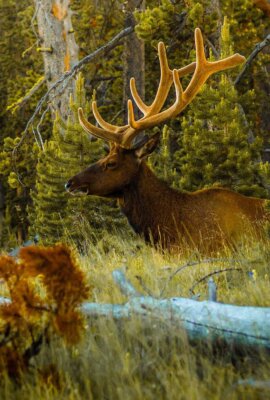Your full Wanderlust guide to
Nepal

With Mount Everest proudly manning its northeastern border, colourful prayer flags decorating remote hilltop pagodas and Bengal tigers roaming its jungles, the heritage-rich mountain kingdom of Nepal is rooted in culture and history. Kathmandu, the capital, is both a multicultural and multilingual hub, laden with local guesthouses and boutique luxury hotels. Family-run restaurants and cafes, spice bazaars and artisan workshops speckle the city, portraying the best of Nepali cuisine and crafts.
Trekking the Annapurna Circuit has long been popular with travellers. However, the far reaches of eastern Nepal are just as special – especially for those who search for immersive experiences and are happy to embrace traditional customs and local delicacies in community-owned accommodation. In-between you’ll find medieval villages with elaborate Newari mansions and narrow cobbled streets, welcoming the travellers keen on taking the slow road east.
You can’t miss

When to go
The best time to visit Nepal is between October and December, with October and November noted as prime trekking time. The weather remains dry until about April, with temperatures varying between regions. The monsoon rains are heaviest from June to September, washing away roads and obscuring mountain views.
Temperatures drop dramatically between December and February to an average of 6°C. and many lodges in trekking areas close, but this is a good time to visit the low-lying jungle regions on the border with India, including Chitwan National Park.
April to early June sees warmer weather and rhododendrons coming into bloom. Two major festivals, Dasain and Tihaar, also fall during this period. The downside is that because so many people chose to visit Nepal at this time, and popular areas can feel overcrowded with tourist. This can also be the best time to view wildlife in more remote regions, such as the rarely-spotted Bengal tiger in Bardia National Park.
International airports
Kathmandu Tribhuvan International Airport (KTM) is 5km from the city centre, or 20-30 minutes by car.
Getting around
Nepal has an extensive domestic air network served by several airlines. Routes often used by travellers include those between Kathmandu and Pokhara, Meghauli (for Chitwan) and Lukla.
The country has one of the least-developed road networks in the world; each year the monsoon season takes its toll – although more investment is slowly being made into local infrastructure.
Public buses serve every paved road; these are cheap but slow and can be uncomfortable. Regularly scheduled, ‘luxury’ tourist buses can be booked through travel agents.
Bicycle rental shops can be found in Kathmandu: elsewhere they’re rare.
Health & safety
Nepal is a generally safe place to explore. However, as in any unfamiliar place, it’s best to avoid walking alone at night – particularly in low-lit areas.
Consult your GP or travel health clinic well before departure to check on recommended vaccinations, which may include typhoid and hepatitis A, plus meningitis if trekking to outlying areas.
Mosquitoes are prevalent below 1,200m and can cause only minor irritation. Carry insect repellent with you and antihistamines, avoid areas of stagnant water (lagoons, lakes, river banks) where mosquitoes are likely to breed. Do consider taking antimalarials.
Heat can be dangerous: cover up, use sunblock and always ensure you have plenty of water.
Stick to bottled water in cities and villages. Take water-purifying tablets with you if you’re trekking or heading off the beaten track.
If trekking at high altitude take precautions to avoid AMS (Acute Mountain Sickness). Make sure you are physically fit, acclimatise to the altitude slowly, eat high-carb meals and drink plenty of water.
For more information, go to gov.uk















